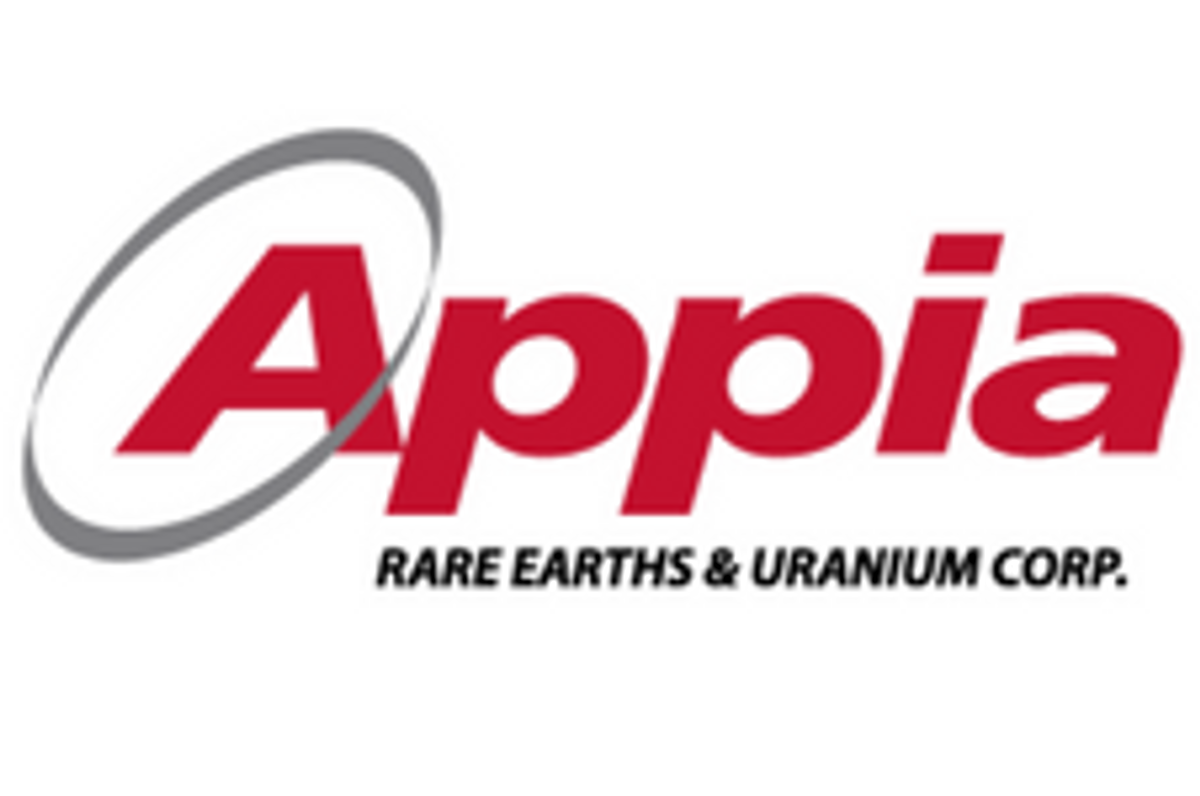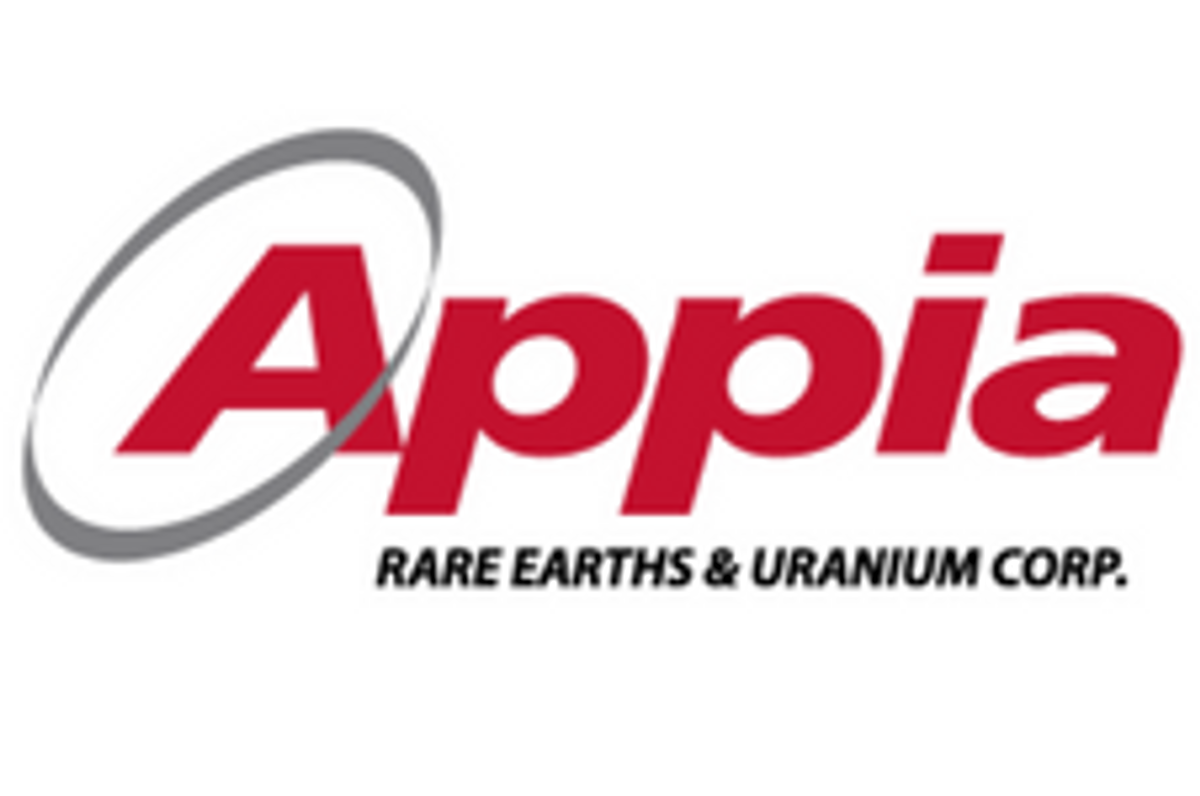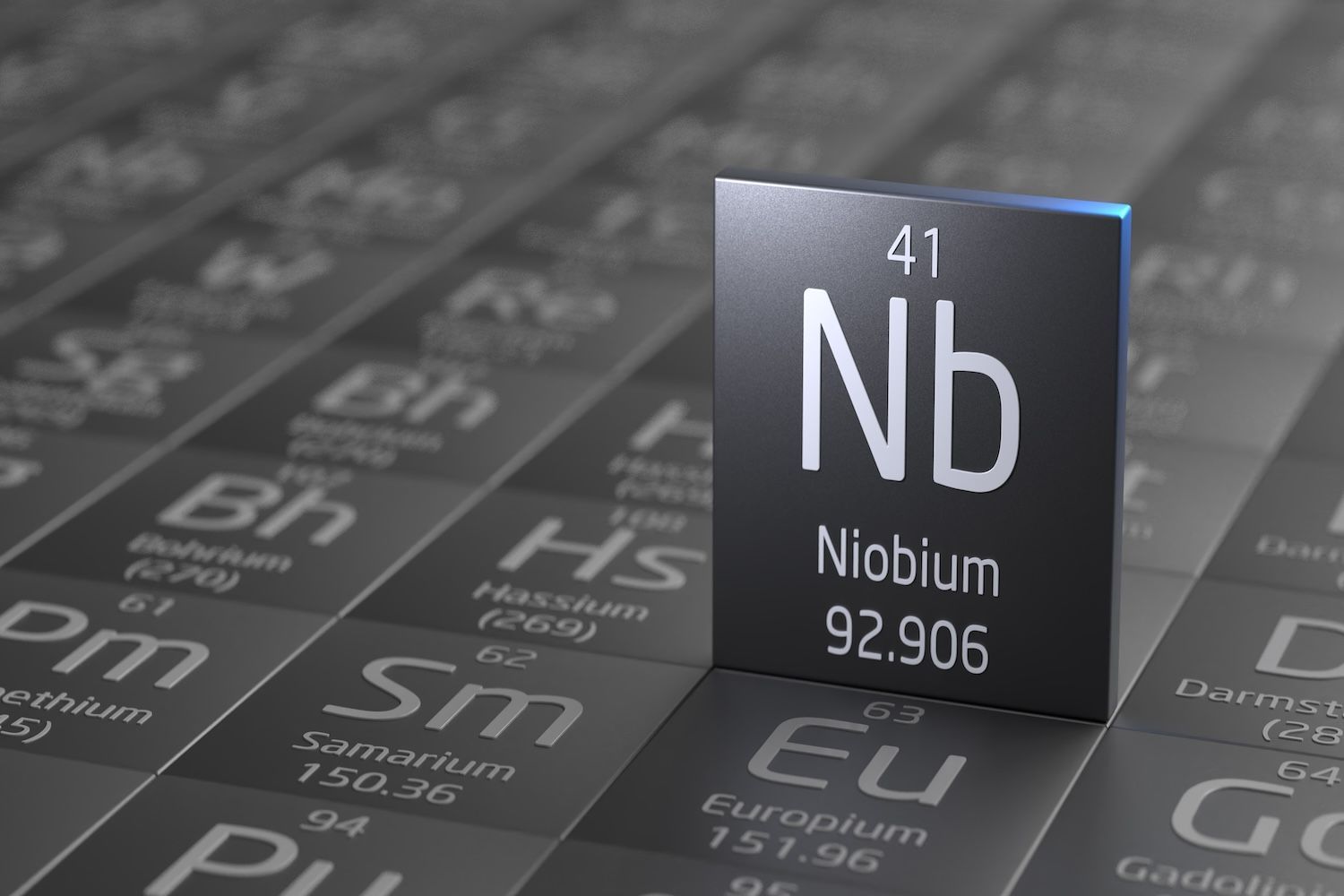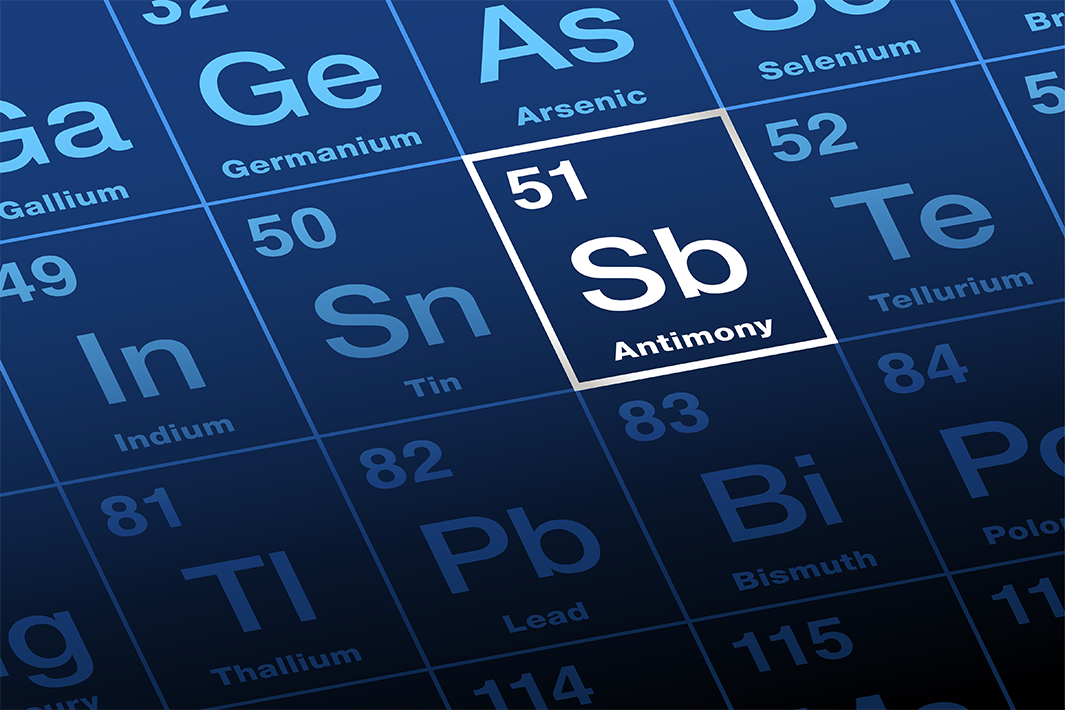
Appia Rare Earths & Uranium Corp. (CSE: API) (OTCQX: APAAF) (FSE: A0I0) (MUN: A0I0) (BER: A0I0) (the "Company" or "Appia") announced today the results from the newly identified exploration targets Taygeta and Merope. A total of 111 samples from 18 auger drill holes were assayed by SGS-GEOSOL Laboratories in Vespasiano, Brazil. The results confirm that the regolith developed over the Ipora Granite presented significant enrichment of Heavy Rare Earth Oxides (HREO), characteristic of the Ionic Adsorption Clay (IAC) rare earth elements (REE) deposits identified at other PCH target zones.
Stephen Burega, President, commented, "These initial results from the auger drill program are very promising, and provide us with a strong indication that the PCH project can host multiple new IAC REE mineralized areas in addition to the resource already identified in our maiden Mineral Resource Estimate (MRE) completed by SGS Canada. Additionally, these new target zones are considerably larger in total area as compared to the Target IV. Desorption test results will be reported once received."
Highlights
- The new targets are in the Eastern portion of the PCH claims, approximately 15 km East from Target IV and the Buriti Zone (see Figure 1).
- Selected intercepts for Heavy Rare Earth Oxide (HREO), Total Rare Earth Oxide (TREO), Dysprosium plus Terbium oxides (Dy+Tb) and Praseodymium plus Neodymium oxides (Nd+Pr) grades in Parts Per Millions (ppm):
- PCH-AH-190 - 4m@1848ppm TREO, 1138ppm HREO, 106ppm Dy+Tb, 205ppm Nd+Pr from 1m.
- PCH-AH-193 - 5m@1254ppm TREO, 270ppm HREO, 29ppm Dy+Tb, 217ppm Nd+Pr from 1m.
- PCH-AH-194 - 2m@1175ppm TREO, 274ppm HREO, 31ppm Dy+Tb, 257ppm Nd+Pr from 4m.
- PCH-AH-199 - 2m@1131ppm TREO, 276ppm HREO, 30ppm Dy+Tb, 209ppm Nd+Pr from 2m.
- PCH-AH-201 - 4m@ 1022ppm TREO, 245ppm HREO, 28ppm Dy+Tb, 211ppm Nd+Pr from 2m.
- PCH-AH-202 - 8m@1696ppm TREO, 1070ppm HREO, 101ppm Dy+Tb, 172ppm Nd+Pr from 0m.
- PCH-AH-204 - 5m@1267ppm TREO, 754ppm HREO, 75ppm Dy+Tb, 168ppm Nd+Pr from 1m.
- PCH-AH-207 - 6m@1025 ppm TREO, 262ppm HREO, 29ppm Dy+Tb, 196ppm Nd+Pr from 3m.
- The grade distribution signature found at depth in the auger drill holes is compatible with the pattern commonly found on IAC REE deposits (see Figures 2 and 3).
- The Taygeta and Merope targets cover an area of 546 and 1,134 hectares respectively.
- These first phase auger drill holes average 6.22 metres in depth, and most ended in mineralization leaving the interval open at depth.
- Intercepts of all auger drill holes are presented in Table 1. The full set of results are included in this LINK.
Tom Drivas, CEO, stated, "Building on our recent news confirming the presence of IAC mineralization through desorption testing, I am extremely excited by the identification of new, large scale targets across the PCH project which are underlain by the IAC mineralization produced by these weathered Ipora granites. We have a lot of work to do over the coming months to fully delineate these new target zones, and to assess the implications of their addition to our maiden MRE, and true value to the marketplace."
Table 1 - Intercepts from all auger holes on targets Taygeta and Merope. For a full list of results, please click here.
To view an enhanced version of this graphic, please visit:
https://images.newsfilecorp.com/files/5416/209087_table1.png
*Total Rare Earth Oxides: TREO = Y2O3 + Eu2O3 + Gd2O3 + Tb4O7 + Dy2O3 + Ho2O3 + Er2O3 + Tm2O3 + Yb2O3 + Lu2O3 + La2O3 + Ce2O3 + Pr2O3 + Nd2O3 + Sm2O3
*Heavy Rare Earth Oxides: HREO = Gd2O3 + Tb4O7 + Dy2O3 + Ho2O3 + Er2O3 + Tm2O3 + Yb2O3 + Lu2O3 + Y2O3
*Nd+Pr Oxides= Nd2O3+Pr2O3
*Dy+Tb Oxides= Dy2O3+Tb4O7
*Element to Oxide Conversion Factor - Cerium Ce2O3 1.1713, Cerium CeO2 1.2284, Dysprosium Dy2O3 1.1477, Erbium Er2O3 1.1435, Europium Eu2O3 1.1579, Gadolinium Gd2O3 1.1526, Holmium Ho2O3 1.1455, Lanthanum La2O3 1.1728, Lutetium Lu2O3 1.1371, Neodymium Nd2O3 1.1664, Praseodymium Pr2O3 1.1703, Praseodymium Pr6O11 1.2082, Samarium Sm2O3 1.1596, Terbium Tb2O3 1.1510, Terbium Tb4O7 1.1762, Thulium Tm2O3 1.1421, Yttrium Y2O3 1.2699, Ytterbium Yb2O3 1.1387
Figure 1 - Map presenting the exploration auger drill holes location and targets.
To view an enhanced version of this graphic, please visit:
https://images.newsfilecorp.com/files/5416/209087_appia_figure1.png
Figure 2 - Strip log of selected auger holes from Taygeta Target.
To view an enhanced version of this graphic, please visit:
https://images.newsfilecorp.com/files/5416/209087_appia_figure2.png
Figure 3 - Strip log of selected auger holes from Merope Target.
To view an enhanced version of this graphic, please visit:
https://images.newsfilecorp.com/files/5416/209087_appia_figure3.png
Andre Costa, VP Exploration for Brazil, commented, "The confirmation of these new targets opens the prospect of finding new exploration targets associated with the Ipora Granite across the entirety of the PCH project area which covers an impressive +40,000 hectares. Auger samples for desorbability testing are being prepared to corroborate the IAC REE mineralization in Taygeta and Merope targets. Delineation drilling will follow upon favorable desorption results."
On March 1st, 2024, the Company announced its maiden Mineral Resource Estimate (MRE) on Target IV and the Buriti Zone (Click here for the Press Release), and the companion NI 43-101 technical report on the PCH Project was filed on April 16th, 2024. (Click here for the Press Release)
John Tumazos Very Independent Research Presentation
Appia invites you to register for a webinar on May 14th at 9:45 AM EDT, Eastern Daylight Time (North America) with Appia Rare Earths & Uranium Corp.'s President, Mr. Stephen Burega and VP of Exploration, Brazil, Mr. Andre Costa, and renowned former Wall Street analyst, John Tumazos of Very Independent Research. John will dig in on the latest developments at Appia Rare Earths & Uranium Corp.
To register for the event click here.
After registering, you will receive a confirmation email containing information about joining the webinar.
QA/QC
Auger drill holes are vertical and reported intervals are true thickness. The material produced from drill holes are sampled at one metre intervals, resulting in average sample sizes of 5-10 kg. Quartering of the material was performed at Appia's logging facility using a riffle splitter and continued splitting until a representative sample weighing approximately 500g each was obtained, bagged in a resistant plastic bag, labeled, photographed, and stored for shipment.
The bagged samples are sent to the SGS laboratory in Vespasiano, Minas Gerais. In addition to the internal QA/QC of the SGS Lab, Appia includes its own control samples in each batch of samples sent to the laboratory.
Quality control samples, such as blanks, duplicates, and standards (CRM) were inserted into each analytical run. For all analysis methods, the minimum number of QA/QC samples is one standard, one duplicate and one blank, introduced in each batch which comprise a full-length hole. The rigorous procedures are implemented during the sample collection, preparation, and analytical stages to insure the robustness and reliability of the analytical results.
All analytical results reported herein have passed internal QA/QC review and compilation. All assay results of Auger samples were provided by SGS Geosol, an ISO/IEC 17025:2005 Certified Laboratory, which performed their measure of the concentration of rare earth elements (REE) with the IMS95R analytical method that uses lithium metaborate fusion prior acid dissolution and Inductively Coupled Plasma Mass Spectrometry (ICP-MS).
The technical information in this news release, including the information related to geology, drilling, and mineralization, has been reviewed and approved by Andre L. L. Costa, Appia's VP Exploration for Brazil, with more than 29 years of relevant experience. Mr. Costa is a Fellow of the Australian Institute of Geoscientists (FAIG) and is a Qualified Person (QP) as defined by National Instrument 43-101 - Standards of Disclosure for Mineral Projects.
About Appia Rare Earths & Uranium Corp. (Appia)
Appia is a publicly traded Canadian company in the rare earth element and uranium sectors. The Company holds the right to acquire up to a 70% interest in the PCH Ionic Adsorption Clay Project (See June 9th, 2023 Press Release - Click HERE) which is 40,963.18 ha. in size and located within the Goiás State of Brazil. (See January 11th, 2024 Press Release - Click HERE) The Company is also focusing on delineating high-grade critical rare earth elements and gallium on the Alces Lake property, and exploring for high-grade uranium in the prolific Athabasca Basin on its Otherside, Loranger, North Wollaston, and Eastside properties. The Company holds the surface rights to exploration for 94,982.39 hectares (234,706.59 acres) in Saskatchewan. The Company also has a 100% interest in 13,008 hectares (32,143 acres), with rare earth elements and uranium deposits over five mineralized zones in the Elliot Lake Camp, Ontario.
Appia has 136.3 million common shares outstanding, 145 million shares fully diluted.
Cautionary note regarding forward-looking statements: This News Release contains forward-looking statements which are typically preceded by, followed by or including the words "believes", "expects", "anticipates", "estimates", "intends", "plans" or similar expressions. Forward-looking statements are not a guarantee of future performance as they involve risks, uncertainties and assumptions. We do not intend and do not assume any obligation to update these forward-looking statements and shareholders are cautioned not to put undue reliance on such statements.
Neither the Canadian Securities Exchange nor its Market Regulator (as that term is defined in the policies of the CSE) accepts responsibility for the adequacy or accuracy of this release.
For more information, visit www.appiareu.com
As part of our ongoing effort to keep investors, interested parties and stakeholders updated, we have several communication portals. If you have any questions online (X, Facebook, LinkedIn) please feel free to send direct messages.
To book a one-on-one 30-minute Zoom video call, please click here.
Contact:
Tom Drivas, CEO and Director
(c) (416) 876-3957
(e) tdrivas@appiareu.com
Stephen Burega, President
(c) (647) 515-3734
(e) sburega@appiareu.com
To view the source version of this press release, please visit https://www.newsfilecorp.com/release/209087







